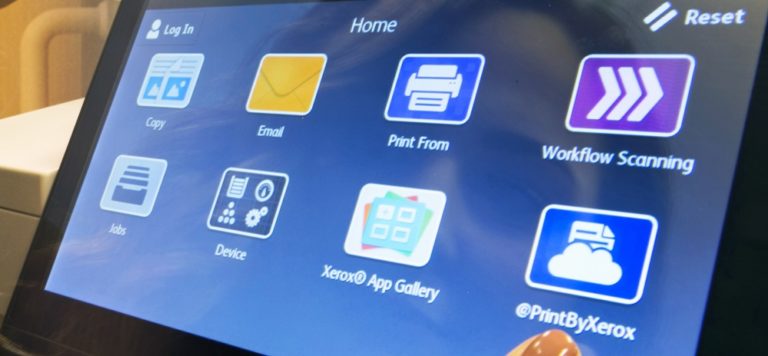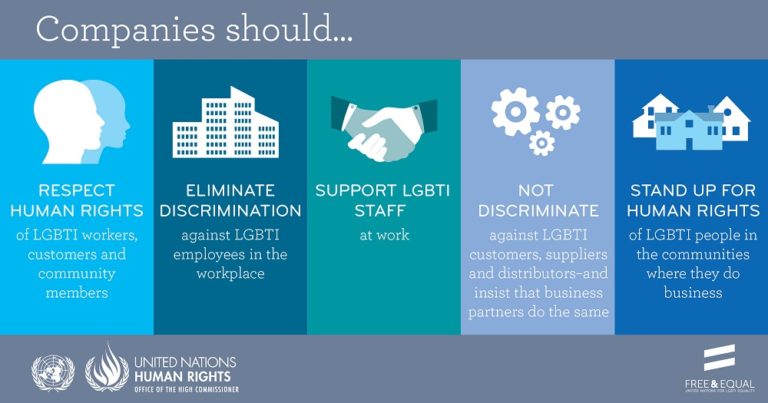By Joshua Moore, Pharm. D, MO HealthNet executive account manager for Government Healthcare Solutions at Xerox
Healthcare providers wrote 259 million prescriptions for opioid painkillers in 2012, according to this Centers for Disease Control (CDC) 2014 report. That’s enough to give a bottle of pills to every adult in the United States.
The report indicated that prescribing rates for opioids such as Vicodin and Percocet vary widely by state. The highest rate is in Alabama with 143 prescriptions per 100 people, while the lowest prescribing rate is in Hawaii with 52 per 100 people.
Read the case study: Targeting Opioid Abuse and Over-Utilization
The report data confirms that the opioid addiction issue is a nationwide concern that some label as an epidemic. Perhaps most disturbing, this appears to be a non-discriminatory affliction that impacts people across a wide range of age groups, both genders, and varying financial brackets.
On September 30, I spoke with four health and medical experts about the growing opioid epidemic in the United States. Joining me were Gail Levenson, principal in the National Pharmacy Practice for Buck Consultants at Xerox; Steve Calloway, director of pharmacy at MO HealthNet; Dr. Andrew Kolodny, chief medical officer at the Phoenix House; and Dr. Robert Monger, rheumatologist at the Cheyenne Regional Medical Center, and medical director for Care and Quality Solutions at Xerox.
ARVE Error: need id and providerBelow, I’ve rounded up a few key points made by the Hangout participants. You can watch the full Hangout on our YouTube channel or above. Here’s a brief look into the insights:
Steve Calloway: “The key is patient management. The approach to prescription drug abuse cannot be that these are bad people and that we need to have an enforcement approach to this. This really is a medical problem that has other implications. We need to have an approach that is aimed at addressing all of the pieces of prevention, as well as the steps to treat people appropriately and get them the help they need.”
Dr. Robert Monger: “This is a patient safety issue. We talk a lot on one side about controlling people’s pain while in the hospital setting, we talk about patient safety. I think opioid addiction has not been emphasized as a patient safety issue. I’d like to see us talk more about patient safety in the context of controlling pain.”
Gail Levenson: “We need a focus on provider, pharmacist and patient/public education. Information and data is also important. A solution is only as good as the data we have. Being able to collect that data and utilize it to work toward solutions is really a key piece in addressing this crisis.”
Andrew Kolodny: “We’re dealing with a public health crisis. If you look at previous epidemics in the US, they disproportionately affect lower-income communities. This epidemic is different – it’s urban and rural…What we need to do with any epidemic is two things: prevent new cases and contain it, and see that people have access to effective treatment. If we don’t, overdose deaths will continue to climb and we won’t be able to bring the problem under control.”
With increased visibility in the media and greater public focus on the topic of opioid abuse and addiction, organizations, like the American Medical Association, have created task forces and special programs to help combat the epidemic.
What do you think can be done to prevent over-prescribing and addiction? Tweet your thoughts using the #HealthITExperts. We also welcome your comments below.
Subscribe to this blog and receive email updates when we publish a new article.




Can pharmacistical companies make our opioid medications inert after a period of time (2 weeks) upon leaving the pharmacy? This would help stockpiling medication in people’s homes.
While most medications do have an expiration date, there is not a hard, fast date at which they become inert. That approach certainly could impact personal stockpiling (though some individuals do fill and use almost immediately), however, the ability of pharmacies to stock necessary medications for patients in need could also be compromised. Of course, all ideas are helpful when facing an epidemic such as this. I would encourage you to share your thoughts via online comment portals on the FDA website and/or the American Pharmacy Association or your state’s chapter. Together, we can help make a difference.